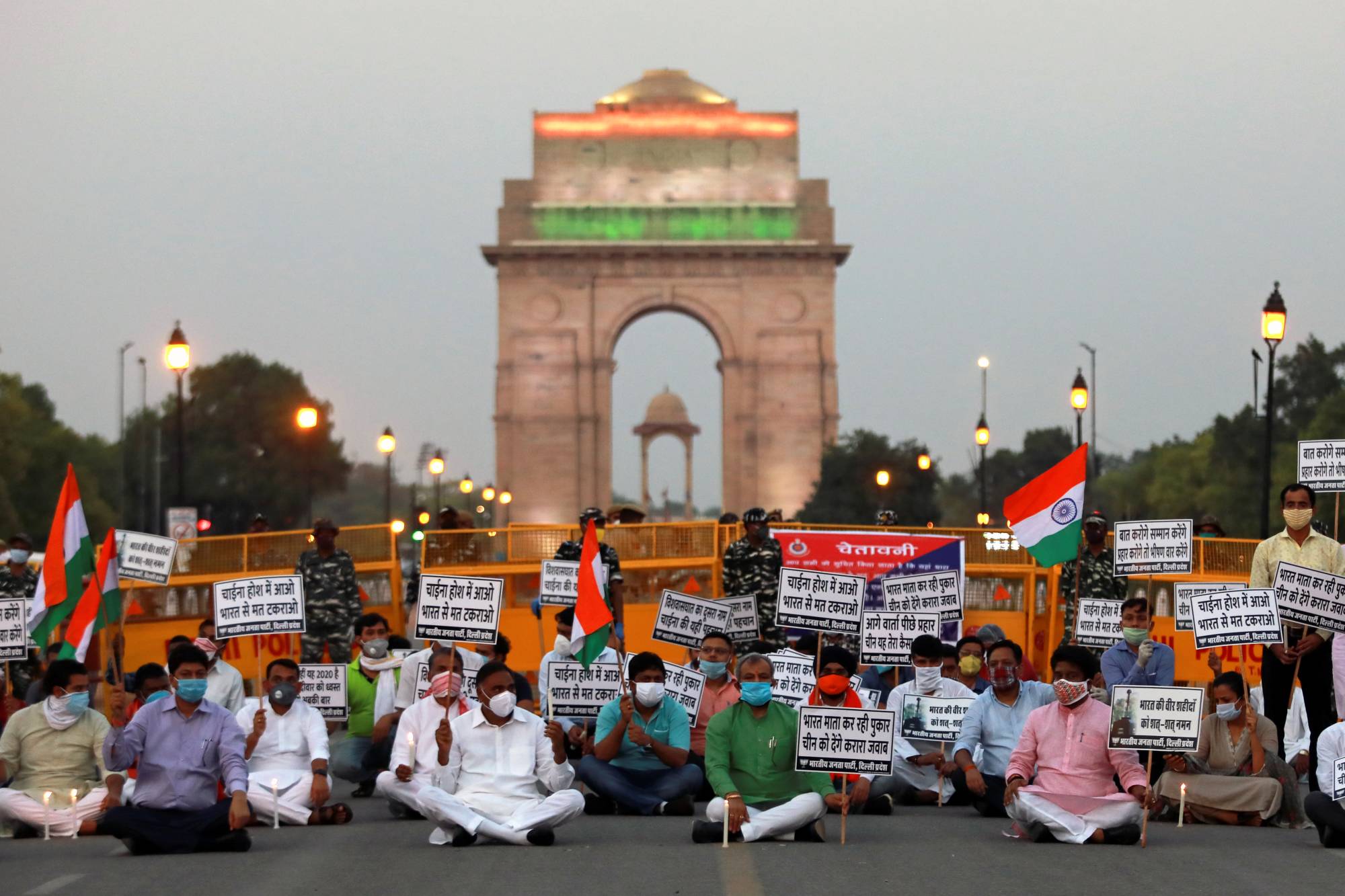Amid escalating U.S.-Russia tensions, U.S. President Joe Biden unveiled his long-delayed “Indo-Pacific Strategy” on Feb. 11, just as the White House warned that a Russian invasion of Ukraine was imminent.
The American confrontation with Moscow, which has mounted a major military buildup against Ukraine to compel the United States to abandon its post-Cold War policy of NATO creep to Russia’s borders, risks becoming the defining crisis of Biden’s presidency.
A Russian invasion could leave an already distracted U.S. president little time for the Indo-Pacific region, which explains why the 19-page strategy document was hurriedly released on a Friday afternoon.


















With your current subscription plan you can comment on stories. However, before writing your first comment, please create a display name in the Profile section of your subscriber account page.